Physical Address
304 North Cardinal St.
Dorchester Center, MA 02124
Physical Address
304 North Cardinal St.
Dorchester Center, MA 02124
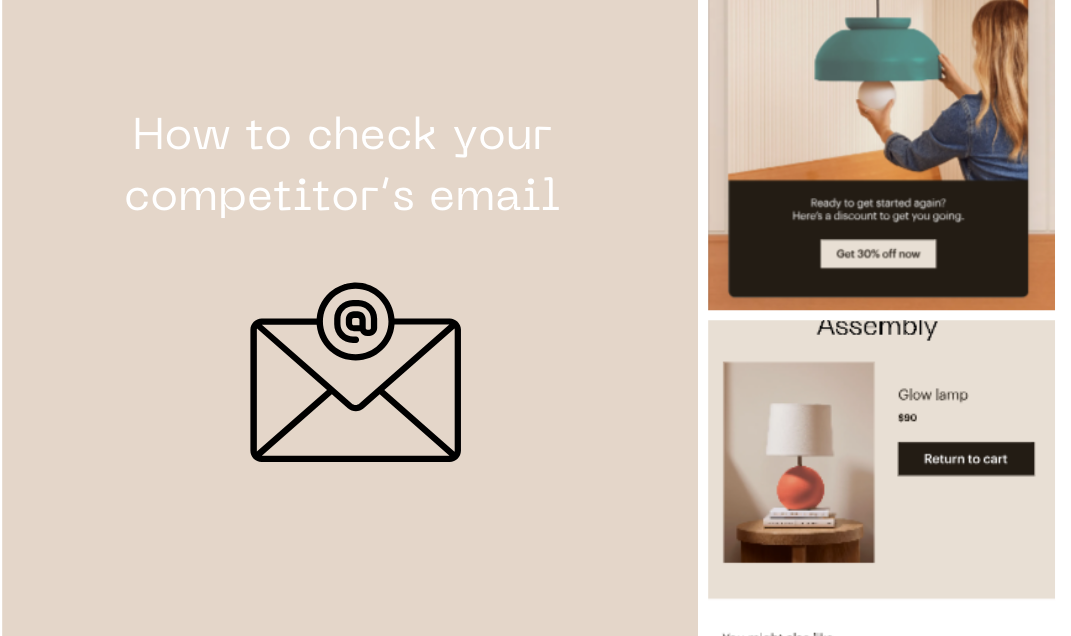

Email marketing competitor analysis can tell you much about your competitor’s marketing strategy. It can give you insights into their subject lines, email design, email segmentation, product offerings, etc. Whether you are a small or big business owner, knowing what your competitors are doing to stay on top is extremely important. In today’s article, we will share how to check competitor’s email marketing strategies.
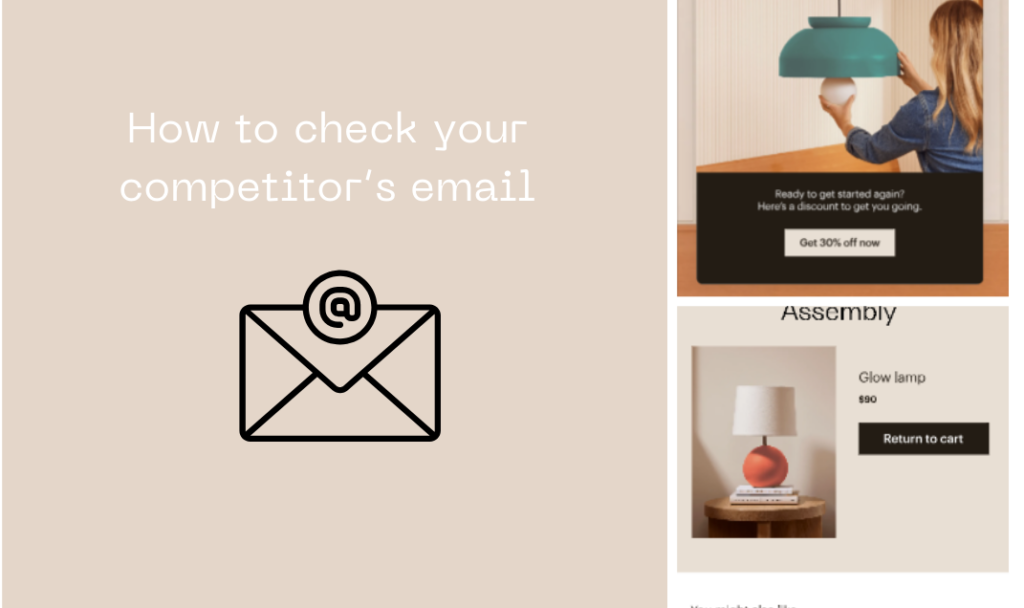

Your first step is to identify the competitors in your niche. You can find them by simply doing keyword research on search engines. Type in the products or services that you sell and write terms like “Email newsletter” or “Email Marketing” to find relevant or similar businesses in your industry. However, you have to outline your niche and targeted audience clearly first.
One drawback is that you may find businesses in your industry but not businesses similar to your size. I mean, is doing anything easy these days?
That is why, There are Email marketing automation tools like “Klaviyo” that gives you benchmark data reports from peer groups and automatically finds businesses that are similar to your size in your industry.
read more: Klaviyo vs ActiveCampaign
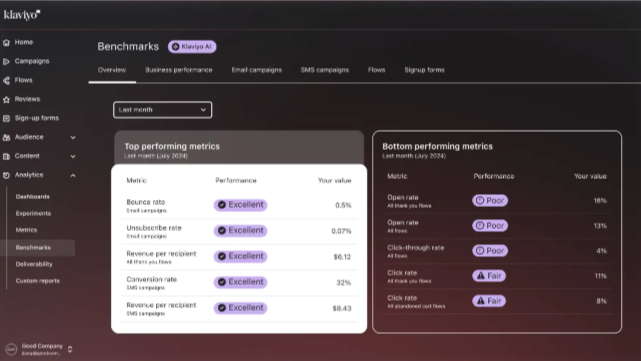

Now that we have identified our email marketing competitors, our 2nd step is to track the exact set of email marketing campaigns we want to monitor.
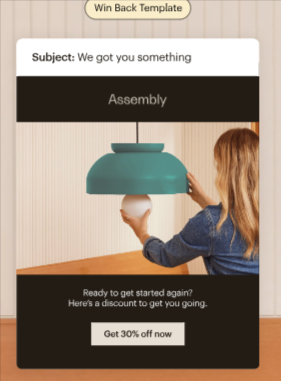

After determining the top competitors, it’s time to check how they manage their email.
You can check your competitor’s email by simply subscribing to their newsletter. Use your email address to sign up for their newsletter. You will find the sign up links on their websites.
This will give you direct access to their email campaigns. However, subscribing to all of the emails manually can be a tiring process if you have a lot of competitors.
There are email marketing tools that sign up to their emails for you like Mailcharts, Moonsend, Panoramata .
Here’s a step-by-step process
Now that we are done finding and tracking their email, what do we do? You can find and sign up for multiple email campaigns at once, but what’s the point if we don’t know what to look for in their email, right?
Let’s figure out together:
Look at their special offers, seasonal sales, or discounts. Sometimes, providing more discounts does not make them more engaged.
So you should also notice how they are making their emails more appealing, are they designing their email templates better? What value did they add to make the customers actually click their emails?
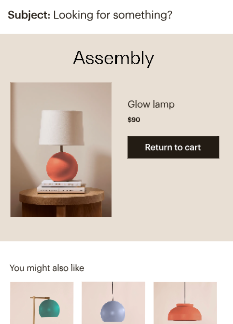

Sometimes brands provide articles, how-to-guides, tutorials related to the products or the interests of their targeted audience. Providing helpful contents in your emails like this helps you build authority in the industry.
You should also check how they highlights their contents. Another important thing is to carefully check their time period of their limited time offers. Look at which one of your competitors has the best conversion rate in their limited time offer. Follow them to create a sense of urgency in your customers to buy your products.
You can check by simply using competitor analysis tools. Look at how they personalize their email according to the interactions of their customers.
Brands use dynamic product recommendations to suit the needs of their customers according to their previously purchased products, products they liked, and their abandoned carts.
By analyzing what types of customers are getting highly personalized recommendations or how they are personalizing their emails for each segment, you can optimize your own audience segmentation.
This is extremely important because personalized emails tend to increase open rates by 26% and Click-Through-Rates(CTR) by 14% and can drive up to 6x transaction rates than non-personalized emails.
Check how they incorporate their email templates with their brands. Analyze how their subject line aligns with their brand.
Did you know that according to statistics, people worldwide receive 316.6 billion emails per day? So, you should check how your competitors are making their emails stand out in customers’ inboxes. Strong branding also improves the deliverability of your email.
Things to notice:
Their are automation tool like “Shopify Email” that automatically incorporate your brand’s logo in your emails for free.
Analyze how your competitors makes their emails visually appealing to customers. Look at the design trends they are using to ensure your emails look modern and up-to-date.
Observe where they place their CTA. Do not forget about User Experience(UX). UX is crucial for engagement. Check how they are including navigation, readability and user-friendliness in their emails.
What does their landing pages look like.
Another important aspect is checking their images. Only providing customers with your products photo sometimes do not make them interested enough to purchase. Check what types of photos they are providing in their emails and how those photos incorporates with their subscriber’s lifestyle.
Also, notice how they make their emails look emotionally compelling. Some examples of emotionally compelling emails might be


Do your competitors provide more than just product offers or coupons? If so then what type of value added content are they offering?
Things that might add value to your customers might be informational resources relevant to their interests, stories of customers from the same community, tips on things that the customers might like or customer loyalty rewards.
Check the type of value they are adding in their emails and try to incorporate them in your own email marketing campaigns.
Check how consistently your competitors emails or their email sending time schedule. Sometimes you might be creating a bad reputation for your brand by sending too much emails too often often leading to the customers feeling overwhelmed. Which also decreases your email deliverability.
I mean we do not want to end up on spam right? Then again you can also loose brand familiarity by not sending consistent enough emails. So, make sure to check their email schedule.
Your last step is to benchmark your performance to your competitors using metrics like open rates, click-through-rates, conversion rates etc. There are tools such as “Klaviyo” that provides you benchmarking data reports on 100 brands that are similar to your size.
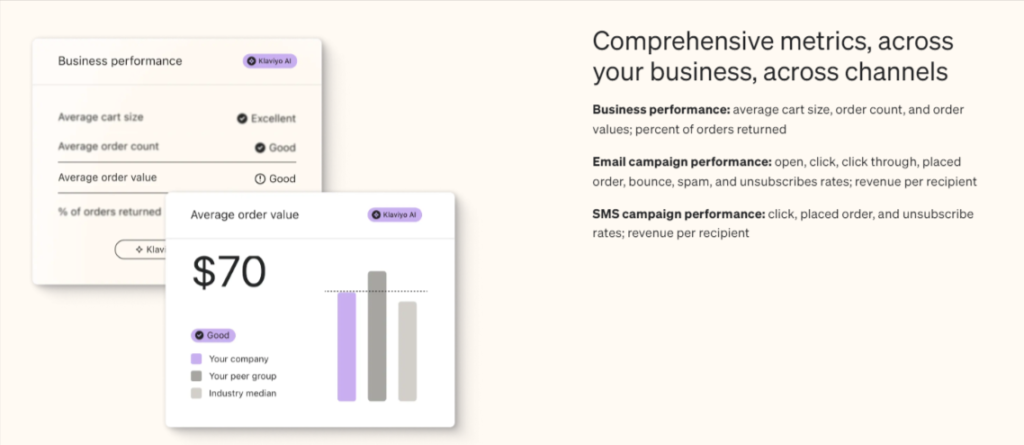

speaking of tools, let’s look at some tools that will help you monitor your competitor’s email marketing campaigns.
Consider using the Free trials of these tools to find the perfect email automation tool according to you need.
Remember, The goal is to learn from the success of your email marketing competitors not to copying their whole strategy. One tip is put yourself in your Customer’s shoes and analyze which email looks more appealing to you by comparing them side by side. Also look for A/B testing, which means if you notice variations in emails that means your they are doing A/B with their subject line, segmentations and automations.
Ultimately, craft an appealing email marketing strategy for your customers that resonates with your brand identity.
A good click-through rate for email marketing is around 2% to 5%, but it can vary across industries. Some high-performing industries can see high CTR that can range from 5% to 10%